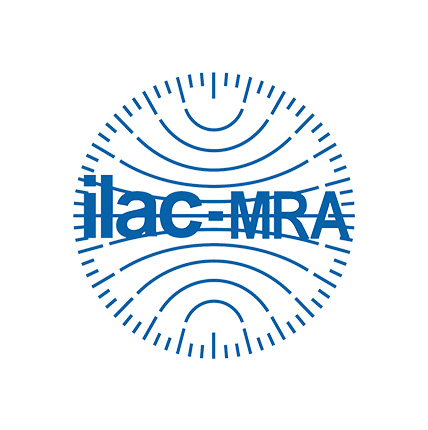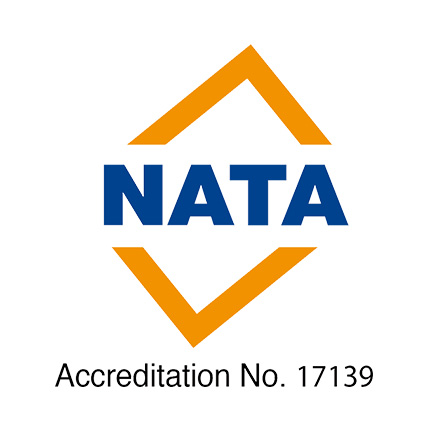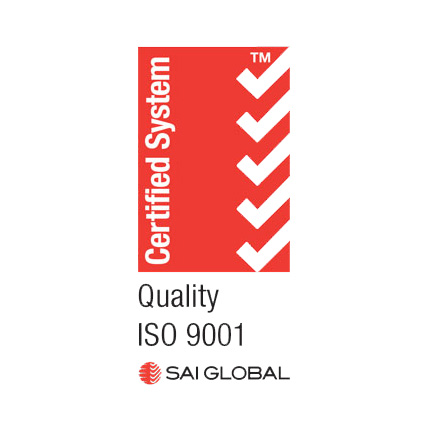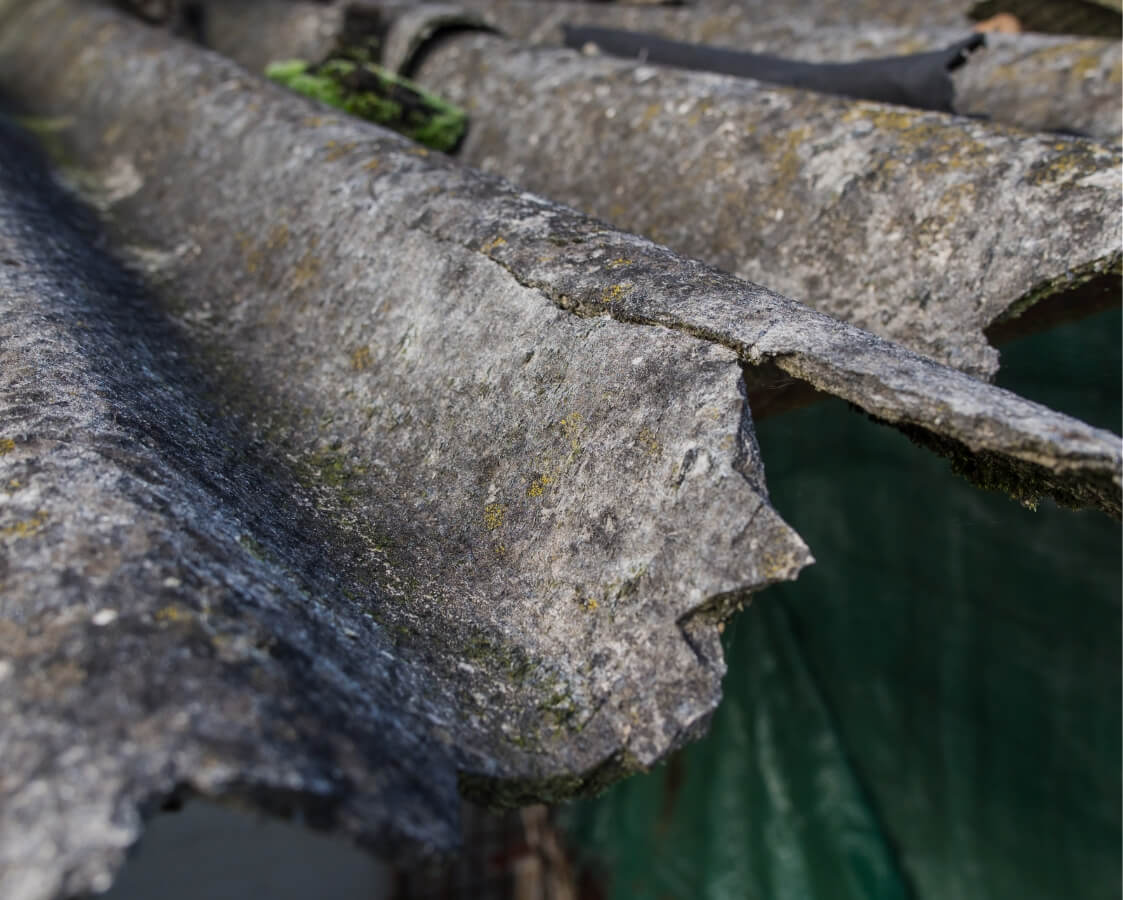Safe Environments asbestos surveys are conducted in line with the relevant state legislation and codes of practice
in regards to the management and control of asbestos in the workplace and the UK Health and Safety Executive (HSE) guidance material which is seen as worlds best practice.
Also known as a sampling survey, the asbestos inspection process is the same as a type 1 presumptive asbestos survey with the exception that samples of material suspected of containing asbestos are collected. The building materials suspected of containing asbestos are then analysed within our own in-house NATA accredited laboratory for chemical analysis.
This type of asbestos survey is more expensive due to the extra cost of the laboratory analysis; however there is then little doubt as to whether the suspected Asbestos Containing Material (ACM) is positive or negative. If the asbestos survey reveals that the ACM is positive, a risk assessment will be undertaken. The risk assessment also takes into account what type of asbestos was identified, as some forms of asbestos are more toxic than others.
The asbestos register is created in the same way, however it would also list the type of asbestos that was detected during the laboratory testing. Crocidolite asbestos or blue asbestos is a higher risk than amosite asbestos or brown asbestos and then white asbestos being the lowest risk asbestos.
Advantages of Sampling Asbestos Surveys
While there is no free asbestos testing services, the extra cost associated with the analysis can same money in the long term. This may be due to renovations down the track where you can save money if the analyses shows that the material is asbestos free. In this no there are no extra precautions taken that will then save money from the cost of an asbestos removalist.
In many other instances, when a tradesman may review the asbestos register in a commercial building, and they see that all the material is suspected of containing asbestos, they may halt work until the material has been submitted to the laboratory and the results received. This can cost time and money for everyone involved. This is why for commercial premises it is generally more cost effective in the long run to have all materials sampled.
Limitations of Type 2 Asbestos Survey
The Type 2 asbestos survey only identifies asbestos within areas of normal occupancy. The asbestos survey will not identify ACM hidden within the building fabric or confined spaces. The ACM should be identified prior to demolition work whereby a Type 3 Asbestos Survey is best to be done.
Council development applications may require an asbestos survey to be conducted prior to the construction certificate being provided. In these cases, a presumptive survey may be more appropriate, to save cost in short term. This is particularly true of the development application is rejected and more money was spent than otherwise have to. Whether a presumptive or sampling survey is conducted, a demolition or refurbishment survey is required to ensure that when walls and ceilings are renovated that there is no hidden material.
Is the Risk Assessment Transparent and Accountable?
Many sampling surveys are conducted with a risk assessment that appears to be quite opaque in how they arrived to the health risk assessment. Many will just look at it and say “Yep, looks fine to me….”. Here at Safe Environments, a transparent and accountable systematic process is undertaken using world’s best practice for our asbestos surveys.
We use a material condition assessment which outlines the risk of the material to liberate fibres based on the type of material and whether the material is Friable or Non-Friable (Bonded). For instance, spray lagging that is not encapsulated is likely to liberate fibres more readily, than say a non-friable or bonded asbestos vinyl tile that is sealed.
A priority assessment is then conducted which assesses the quantity of the material, how likely it may be damaged in normal use, the likelihood of maintenance activities being performed, the number of people in the room and how long people are likely to spend in the room. There is a stark difference between a small room, where a lot of people spend a lot of time, compared with a remote plant room where people may spend less than an hour a month in.
Together, the material assessment score and the priority assessment bring together an algorithm to then provide a risk assessment score as to whether the material can be left undisturbed with warning labels applied and assessed on a regular basis, or whether access needs to be restricted, air monitoring conducted and immediate work needs to be undertaken.
Ask Whether the Asbestos Surveying Company is NATA Accredited
Not all asbestos surveying companies are the same. We recommended that you engage an asbestos company that is accredited by the National Association of Testing Authorities (NATA). Companies that have this accreditation are the experts in the field. When requesting quotes for asbestos surveys, ask whether they are NATA accredited, and if not how can they be trusted that they have the suitable skills knowledge and experience.
After all, the health of you and your family may at risk by unsuitably qualified asbestos assessors. You may be unaware, but there are no formal qualifications or training that is recognised to undertake asbestos surveys. That’s even more the reason to ensure that the company is NATA accredited.
If you require information on Asbestos Surveys please contact our Sydney office listed below.
Be absolutely assured. Safe Environments is NATA accredited for asbestos Inspections and preparing asbestos management plans.






